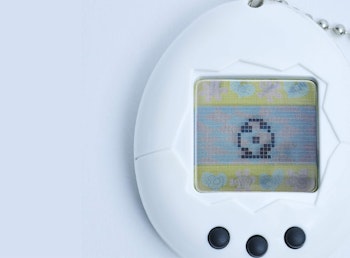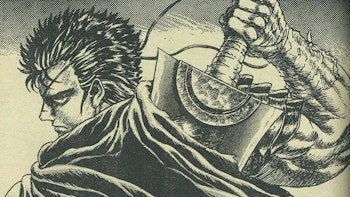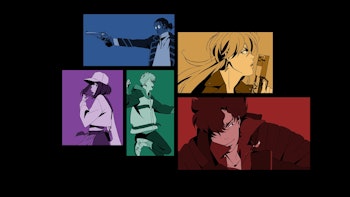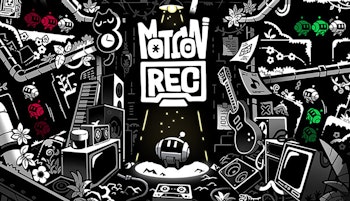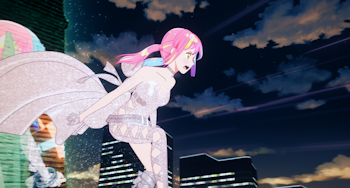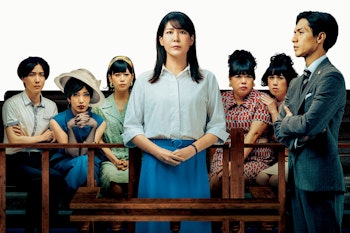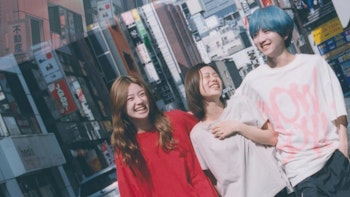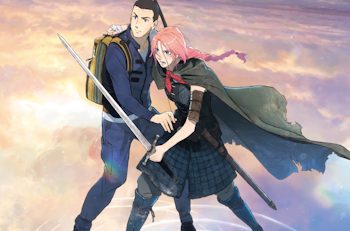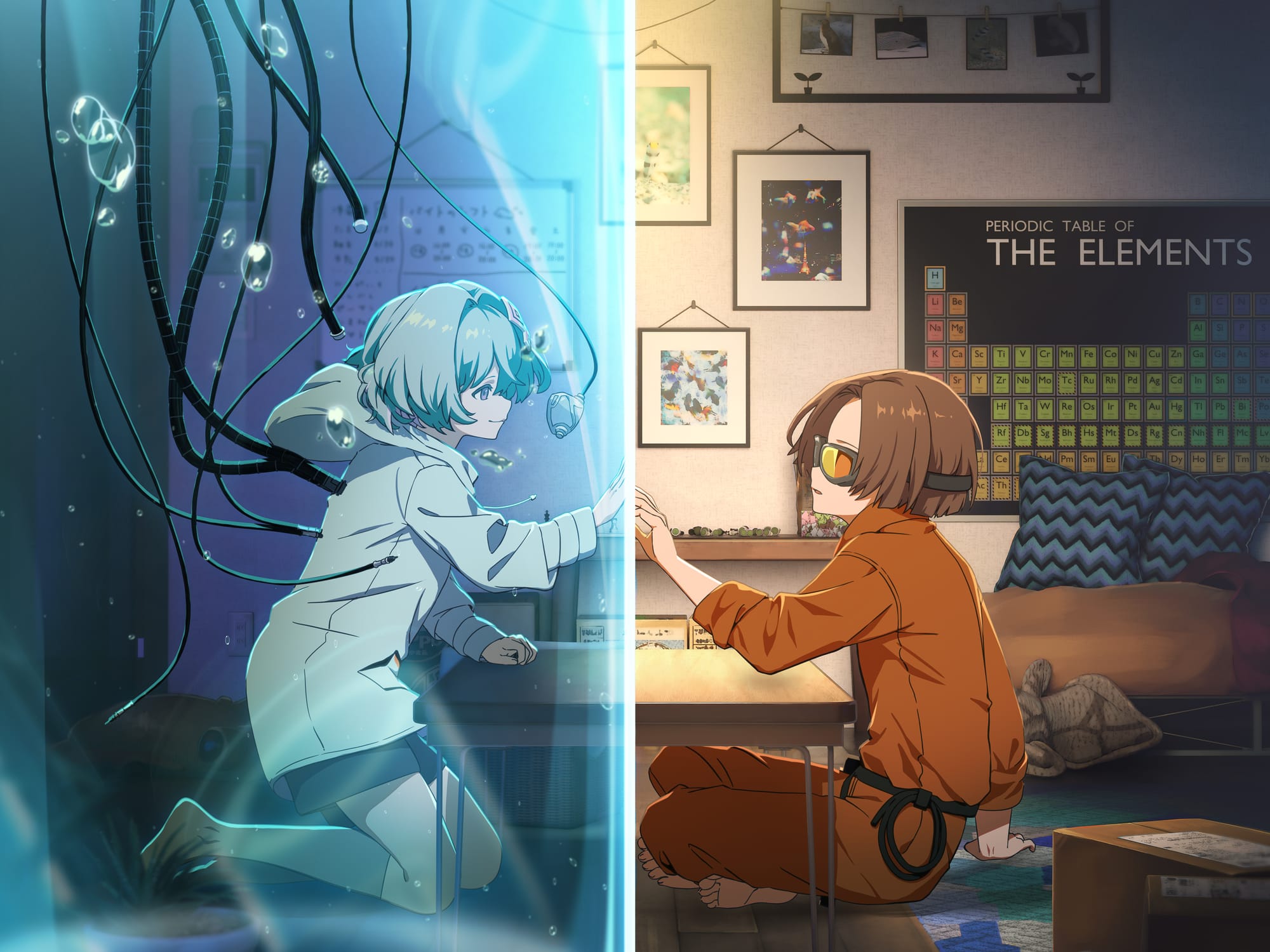
Make a Girl’s world premiere towards the end of Tokyo International Film Festival represented a major shift in anime and animation production in Japan. It’s not the fact that Kadokawa are putting their backing behind an original CG anime film or that it’s part of a growing trend of non-2D animated films and series being produced by a growing domestic production talent for this work. What’s interesting is its director, Gensho Yasuda, and how his work represents a shift in mentality in how anime can be produced in a fracturing modern industry.
This film and Yasuda himself are important because they represent the growing influence of the indie animation landscape on the broader industry. Yasuda is known most prominently as one of the largest indie animators on TikTok and other social media. His videos have earned him millions of followers across not just this platform but sites like X (formerly Twitter), YouTube and others. It’s a platform the man has earned in just a few years fueled by a pandemic boom in social media usage and a talent for self-contained storytelling, eschewing typical hierarchical structures in the industry to the point of successfully building his own studio to produce this first film.
Prior to building his following he studied animation at Nihon University, later moving on to work as a 3D animator at Nitroplus. According to an interview with Kai-You, it was a route he took after discovering through university and school classes a desire to create, and the concept of creating seemed a better alternative than becoming a salaryman and escaping to the world of anime and games to get away from it all in his free time. A self-confessed otaku with an addiction to online games, he joined Nitroplus to develop games while taking scenario writing classes in his own time.
After going freelance leaving Nitroplus, he began to produce his own light novels while also working on his own animations. Without the resources for a full production he first chose to work on something smaller, eventually resulting in his first short film, Make Love. The short was produced entirely in Blender, and even won awards at the 29th CG Anime Contest while receiving strong social media buzz that shot him to prominence.
Only after this film did the director open and regularly produce content for his own social media platforms, finding success with short-form fixed perspective silent slice-of-life-esque animations featuring puppets, ghosts or other non-human characters interacting in amusing ways. It’s the sort of short animation perfect for these social platform: visually interesting so as to immediately grab the attention on a scrolling algorithmic timeline, while providing a bite-sized story and slice of entertainment.
Their lack of reliance on high-octane energy or action also often made their videos feel almost like a reprieve from the dance- and music-heavy Japanese social video landscape, with the shorts themselves not being reliant on trends or music to get people interested.
From here their platform grew massively, with their following in the millions standing as one of the largest amongst his peers within indie animation. It allowed him to make his own small studio with Xenotoon, and from that launch a successful Campfire crowdfunding campaign to fund the film, which would be animated in Blender and act as his feature film debut. It would be a full-length adaptation of some of the ideas explored in his original short, with crowdfunding allowing him the opportunity to at least begin produce this film beyond the confines of the mainline industry and production model (the final film brought on additional funding including from Kadokawa, although Yasuda’s Studio still leads the production committee).
That being said, Make a Girl isn’t entirely unique - it wasn’t even the only film at Tokyo International Film Festival in the Animation section to have the involvement of independent artists and animators in leading roles, or be animated in Blender. A Few Moments of Cheers, a collaboration between 100studio and indie animation collective Hurray Team and directed by Hurray’s POPREQ, is a film that centers a boy who creates short animations trying to make a music video for his teacher. That film is even about and internalizes many of the struggles and experiences of being an independent creator.
By comparison, however, the backing of Kadokawa for promotion and to expand production following its initial crowdfunding success makes it the largest case study of a film and creator bridging the gap between indie animation and mainstream anime production. It’s reflective of current trends, with a growing number of indie animators making a name for themselves either through the avenues from which Yasuda came to prominence, or in the production of animated music videos for artists both large and small.
At a time when anime is bigger than ever, and increasingly more global and corporate as it chases the ever-expanding global market at the expense of the people who work on it, the indie animation sphere is a frontier that offers some of the most creative expression in the current anime landscape. Many of the artists building a name for themselves in this space are working beyond the long-hours and low pay of the mainstream system, and while the freelance lifestyle of an artist is never one filled with huge financial gain, the building of a personal brand and the ability of these artists to profit from their work and portfolio beyond an initial commission through their art has made it more appealing for some artists.
For audiences, many of the most prominent creators in this space are young, coming of age around the internet and the concept of freely sharing art and ideas on the internet or through social media. Many of the works produced also touch on youth expression and the anxieties of this current generation. The independence and more experimental animation often also gives these animations a degree of personability and character that differentiates them, bringing a greater personal connection between artist and audience. It’s in this environment that artists like Yasuda, Hurray Team, or even Shigeyoshi Tsukahara who also moved from indie animation production through crowdfunding to release two anime films in 2024, Kurayukaba and Kuramerukagiri, can thrive.
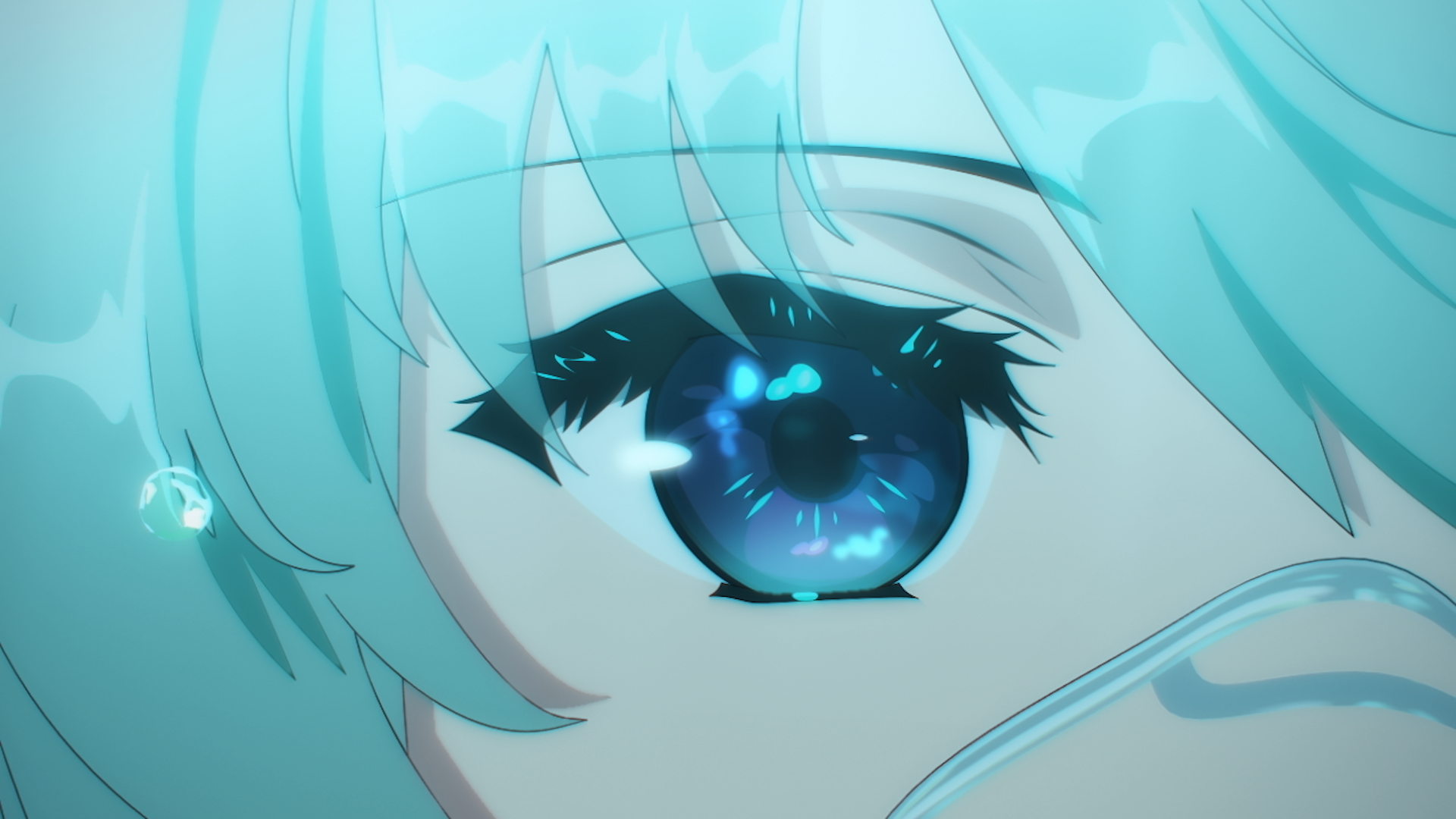
The result? New voices rising to the top. Indie animators are creating a splash with a more online, younger audience craving something new, and their followings are too big for companies not to sit up and take notice. Their online success has entrusted some of this wave of creators with the reins to the biggest franchises and music artists in the hope of attracting new audiences with a more personal touch - just look at the animated music video strategy of Gakuen Idolm@ster amongst its many social media-driven and online marketing tactics, or the reign given to these animators in the world of Pokémon.
Now they’re being trusted to lead major productions and bring their own stories to life for a domestic and global audience.
Make a Girl, by virtue of its prominence at Tokyo International Film Festival and support from Kadokawa, is the biggest show of support for the impact of this disruptive movement changing the anime industry. It’s a risk, for creator and studio alike, but it’s a degree of trust earned by creating art that’s unique and resonates. We’ll have to wait until January to see if this will enjoy the same reception.


